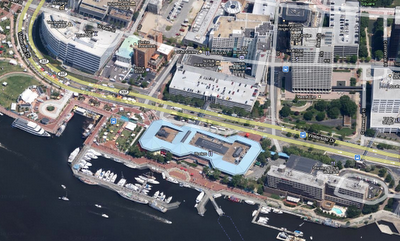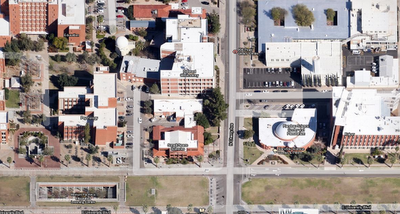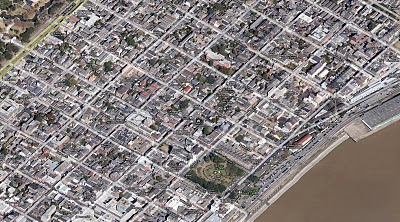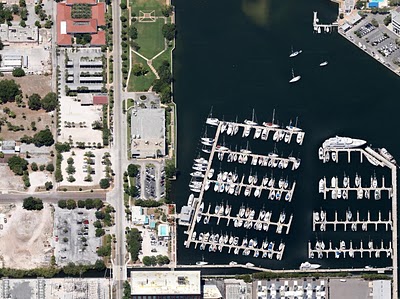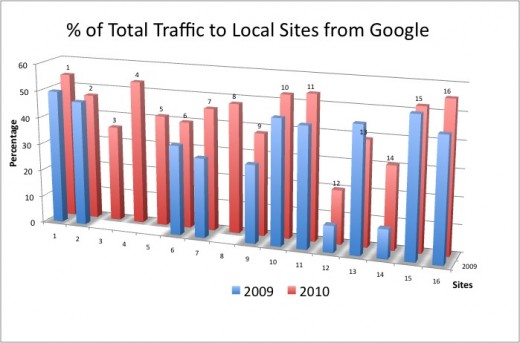App Engine team appearances Winter 2011
The Google App Engine team has launched some significant features recently, including: High Replication Datastore, Channel API, Always On, Warm Up requests, longer 10-minute (vs. 30-second) limit for tasks, and increased API call sizes. We are excited about these features and think you will be too, so team members will be appearing at a variety of events around the world this Winter to talk about some of these features and the platform as a whole!
One of the marquee events this quarter include
PyCon, the largest gathering of Python developers from around the world, where several App Engine team members will be speaking:
- Brett Slatkin will talk about the Pipeline API distributed workflow manager
- Guido van Rossum, creator of Python will do his BDFL Q&A
- Wesley Chun will discuss running Django apps on App Engine
- Both Wesley & Ikai Lan will lead a half-day Google App Engine workshop tutorial
- (Planned) OpenSpace session: Fireside Chat with Google App Engineers
Winter 2011 event appearances:
- Jan 18 – ICT Meet Ethiopia 2011 – Addis Ababa – Richard Ngamita
- Jan 22 – Google Hackathon (Year One Labs) – Montréal – Sean Lynch
- Feb 1-3 – Strata – Santa Clara – Patrick Chanezon
- Feb 14-16 – Jfokus – Stockholm – Patrick Chanezon
- Feb 17-18 – Developer Summit – Tokyo – Takashi Matsuo
- Feb 28-Mar 4 – Game Developers Conference – San Francisco – Fred Sauer
- Mar 9-17 – PyCon – Atlanta – Guido van Rossum; Wesley Chun; Ikai Lan; Brett Slatkin
- Mar 11-15 – SXSW – Austin – Sean Lynch; Greg D’alesandre
- Mar 28-31 – Int’l WWW Conference – Hyderabad – Patrick Chanezon; Rajdeep Dua
If these aren’t close enough to you, keep an eye out on this list as we’ll add new events as they materialize. There is also a separate calendar for events featuring other Google products/APIs. For App Engine, look for posts like this throughout the year. We look forward to meeting you in 2011!
How Much Traffic Do Local Sites Get from Google?
But for the past five years or so, straight up local search has been king. Over that time Google has grown to dominate what was not that long ago a very fragmented market. That being said, I was curious to know exactly what percentage of total web traffic Google was sending to local sites.
I had access to and looked at the analytics for 16 websites that are purely local in nature. Most of these sites have done minimal online marketing, search optimization or in bound linking although a few have. Very few have any budget for online marketing.
I looked at the analytics for businesses that are dependent on traffic in their front door to stay alive and do no appreciable business on the net. For these sites, the vast majority of their web traffic originated from within 75 miles of their location. I compared traffic from Google search to their total traffic (search, referral and direct) for 2009 and 2010.
In 2009 36.9% of their total traffic and 69% of search engine traffic to these sites came from Google search. In 2010, 44.2% of total traffic and 74.3% of search traffic did. Of the sites that had been live during both years, only one saw less traffic from Google in 2010 than in 2009. For the site that was most active on Facebook (most were not), only 1% of total traffic came from Facebook.
Admittedly, this is not a true sample of all locally focused websites and their traffic sources. These businesses were mostly rural with only 1/4 of them being in cities over 200,000 and most serving cities in the 6-30,000 population range. Their marketing budgets are small in general and even smaller for online marketing. It is not clear how closely they might resemble a more representative sample or an urban sample. Although it is not unlikely that they resemble those businesses in the long tail of urban markets.
But for them, Google is clearly king and provides far more traffic than any other single source. For 1/3 of the businesses, Google sent over 50% of their total traffic in 2010. Google not only sent the most traffic but sent significantly more in 2010 than in 2009.
For those SMBs that are just getting started in Local Search it is clear where they need to look first in assessing their marketing plans. For those that already have a plan in place, it makes sense to evaluate the value and cost of the traffic to your website.
The future of local search is unclear. For the present though, Google offers a solid base of traffic and should be a point of focus of most if not all local search marketing campaigns.
What do you see in your truly local clients? Do they have similar, less or more traffic from Google than this sample? Is this sample representative of SMBs in larger markets? Do you have locally focused business sites that are receiving a high percentage of traffic from sites other than Google?
